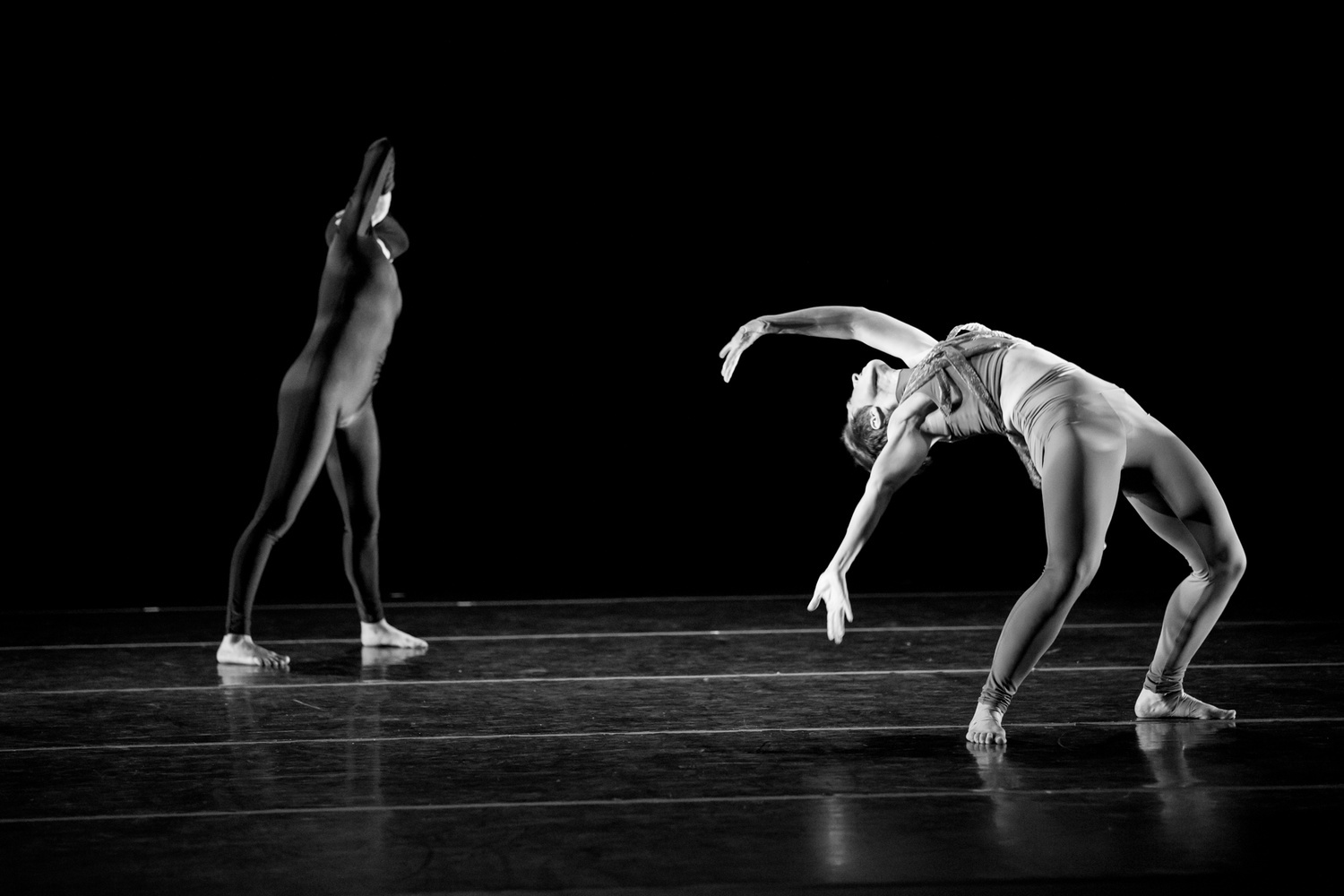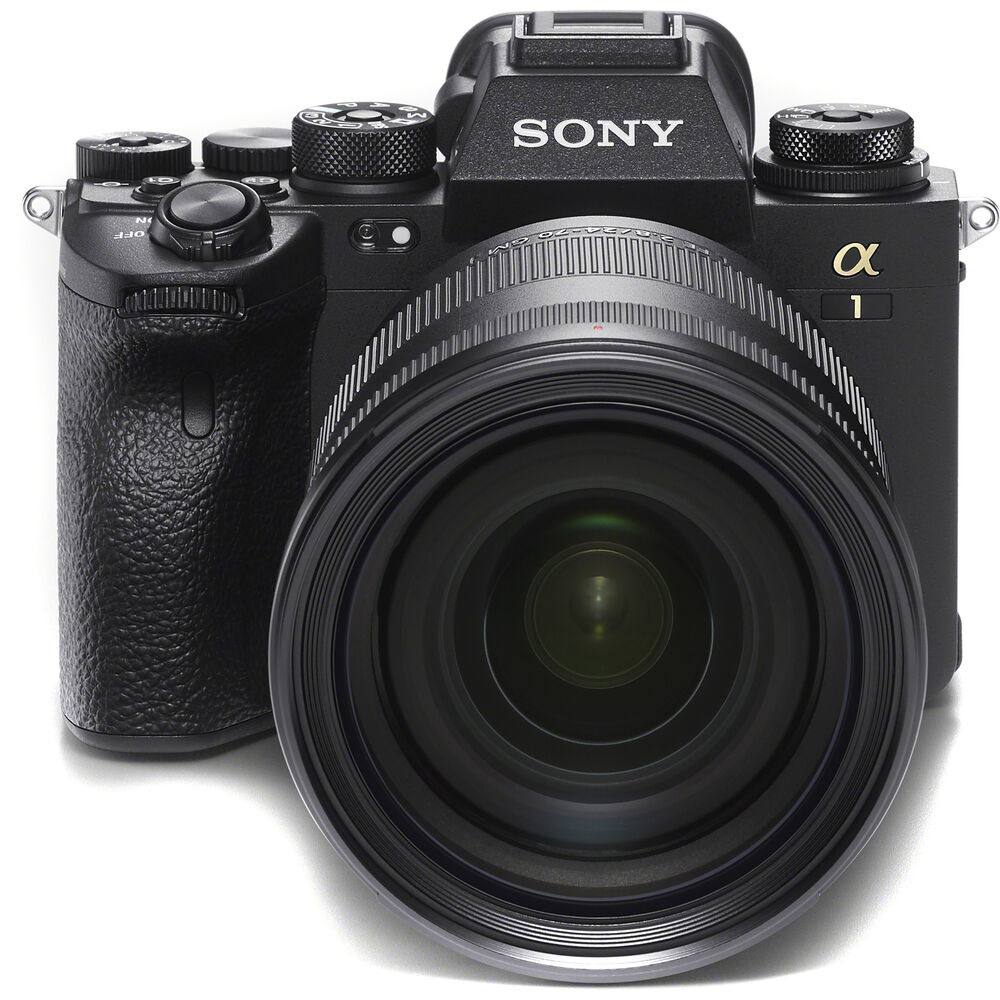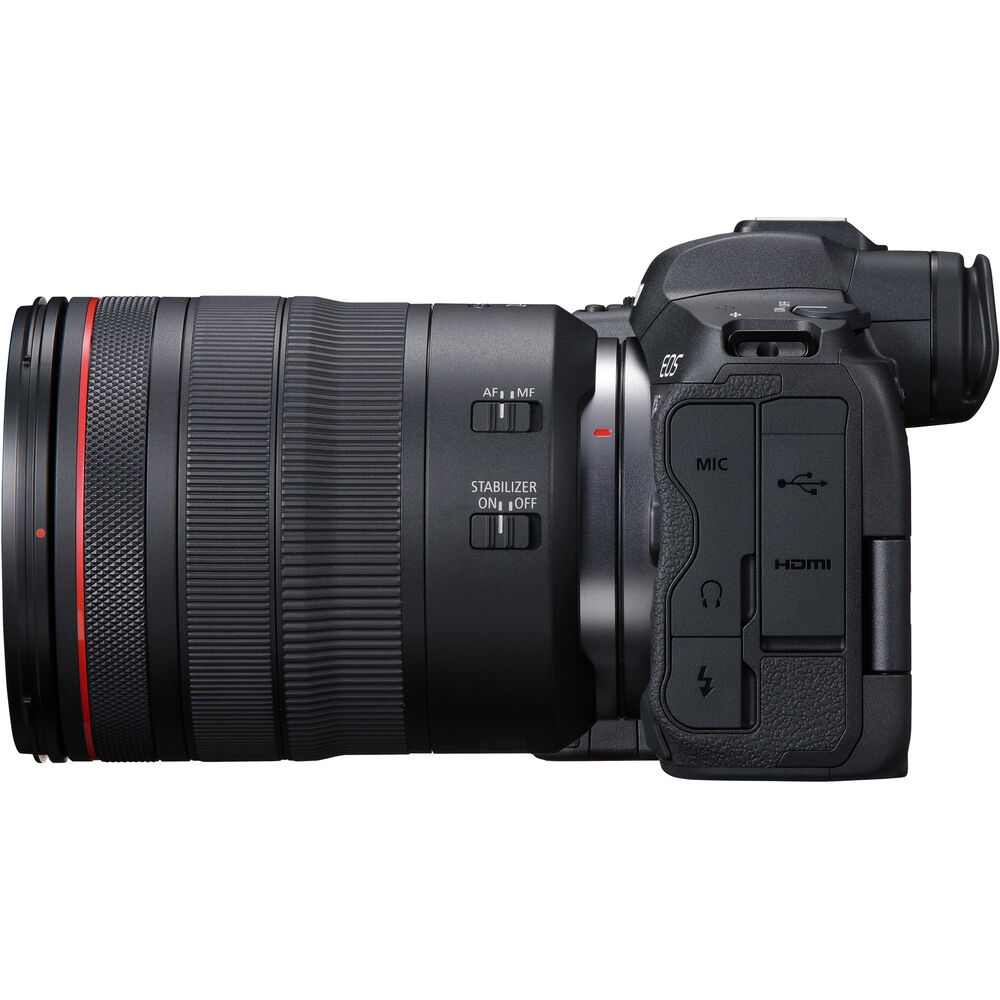There are a few key specs that camera manufacturers and users gravitate toward and that capture headlines when new products are released. However, some of these specs can be misleading, and it is important that you understand what you are really purchasing before you pull out your credit card. Here are four specs to research a bit further before you buy that shiny new camera.
ISO
The low-light capabilities of modern cameras have exploded in recent years. A decade ago, decent performance at ISO 800 or 1,600 was the flagship standard, but nowadays, professionals are getting usable images from cameras at ISO 12,800 or even 25,600. I have had no problem delivering clients images shot at ISO 12,800 before, especially after a bit of noise reduction and downsizing for web viewing.
That being said, there has been a minor arms race in terms of quoted ISO capabilities, with some manufacturers offering ludicrous seven-digit values. There really isn’t much stopping manufacturers from going as high as they want with ISOs, but that doesn’t mean every ISO setting on a camera is actually going to give you usable results. The Nikon D6 may offer ISO 3,280,000, but I guarantee no one is shooting with it, except perhaps law enforcement agencies using it for surveillance purposes. Certainly, no professional photographer is delivering images shot anywhere near that ISO.

ISO 6,400 on a camera made in 2012
Burst Rates
Speaking of minor arms races, continuous burst rate seems to be the spec du jour, with values pushing well into the realm of video frame rates. These capabilities don’t matter for all photographers; for example, no landscape photographer is firing off 30 fps bursts, but for people like sports and wildlife photographers, having a faster burst rate increases the chance that they will capture that perfect moment.

Maximum camera burst rates often come with some caveats.
That being said, a camera’s maximum burst rate is often dependent on a range of factors and may be significantly less depending on the situation. Many cameras will only shoot their maximum burst rate using the electronic shutter, which may not be desirable due to rolling shutter effects. Furthermore, they may only shoot that maximum burst rate using the electronic shutter, with a crop, or when the battery is above a certain percentage. For example, the Sony a1 turned a lot of heads with its 30 fps burst rate, but that has a number of caveats attached to it, such as using lossy compression or JPEGs, a shutter speed of at least 1/125 s (1/250 s if you want continuous autofocus), only using certain lenses, and more. Violate any of these requirements and the maximum rate drops to about 20 fps.
The best way to make sure a camera is going to deliver the actual burst rate you need is to check its manual, which will list all the requirements and limitations. Most cameras have their full manual available in PDF form on their manufacturer’s website.
Focus Points
In the film days and early digital era, most cameras came with somewhere between one and nine focus points, normally clustered near the center of the frame. This caused a few issues: it made tracking moving subjects more difficult, as the photographer had to physically move the camera more to keep a focus point on the subject, and it could be compositionally limiting, as it was harder to compose images with the subject near the edges of the frame.
Nowadays, most new cameras come with hundreds or even thousands of autofocus points, which can make your job a lot easier, but it is important to be aware of a few things. First, check where they are in the frame. Having a lot of focus points is great, but if they are all clustered in the center of the frame (this is more commonly an issue with DSLRs), they will not be as helpful. Next, check what type they are. If you require fast autofocus, you will want mostly phase-detection points, which are generally quicker than contrast-detection points, though the latter is occasionally more accurate.

More so, autofocus points come in many different flavors. The most sensitive are generally cross-type and double cross-type, which can detect focus in both a vertical and horizontal orientation. Manufacturers generally place these at the center of the frame. Next is their sensitivity threshold, given in f-stops. This is the minimum f-stop of a lens needed for the autofocus point to function. For example, an AF point may be rated f/5.6, meaning it only needs a lens with an f/5.6 maximum aperture to function. This can be important for people like wildlife photographers using teleconverters, which will reduce the maximum aperture of their lenses. Remember, this applies to your lens’ maximum aperture, not the aperture you select while shooting, as your lens will normally focus wide open, then stop down to the selected aperture to take the shot. Also, be sure to check a camera’s autofocus sensitivity, meaning how little light it needs to focus, given as an EV value. Modern cameras can generally autofocus down to -5 or -6 EV (the lower, the better), though you should expect their autofocus rate to slow down as the light level goes down. Just like burst rates, the best bet is to simply track down the camera’s manual and take a closer look at its specifications.
Video Resolution
4K is the new standard, with almost every new camera having it, and higher-end cameras pushing into 8K territory. However, not all 4K is the same — far from it, in fact. You will want to look deeper into the video specs of any camera you are considering purchasing to better ascertain the sort of image quality you can expect and if that camera’s video capabilities will match your needs. Most cameras these days offer 4K, but you will want to look a little closer at exactly what that means. Frame rates in 4K are normally more limited than in 1080p due to the higher amounts of data, meaning if you want to shoot slow motion, you will likely have to use a lower resolution. Many cameras also implement a crop when shooting in 4K, often a significant one, meaning that if you want to shoot 4K at wide focal lengths, you may encounter some difficulty. Of further concern is bitrate. Simply put, bitrate refers to how much data is being captured at any given time, so a higher bitrate translates to higher data capture rate and thus, better image quality. When you are purchasing a camera for video work, be sure to take a closer look at its video specs than just the maximum resolution it offers.
Conclusion
Most of us look at a few key things when purchasing a new camera, but those specs often don't tell the entire story. Be sure to take a closer look to ensure the camera you are purchasing will actually fulfill your needs.







That's a really well written article, Alex. You make really good points about how it isn't just the specification that matters, but the quality behind the specification.
Agreed. Nice job Alex.
Can't imagine why she's so disappointed with that Canonet.. unless the zinc air battery died mid-shoot.
These are some good points and most of them I've always felt the same way about (I do value 4K video, but only if it's GOOD 4K video). Even then, 4K video isn't high on my list of make-or-break features when I'm buying a stills camera, largely because I loathe using anything other than a dedicated cinema camera for video work.
ISO sensitivity is a very overblown metric these days - my (now retired) Nikon D700 produces lovely images at ISO 6400 - it's 13 years old. I shot my sister's wedding three years ago with it - the reception was at night in a dimly lit tent and I had no problems getting great results.
People also don't tend to understand that noise is not only significantly mitigated when you downsize for the web, but also isn't as big of a deal as most people think for printing - the dithering process reduces the prominence of noise and most fine art papers aren't finely grained enough to show such fine detail (not to mention the fact that prints aren't viewed from six inches away).
Personally, I've never needed to shoot beyond ISO 8,000, and 99% of the time I never have to go above 6400.
And burst rates... one of the last things I think about when buying a camera. Sure, I'm obviously not a sports photographer or someone who regularly photographs fast-moving wildlife, but neither at 99% of other photographers. I can't even imagine how few people *truly need* 20 or 30FPS.
High framerates like that do mean that silent e-shutter is usable, whether you're shooting 1 fps or 20. So in that sense I do pay attention to that stuff, but not because I need to fire off that many photos.
My wife and I use high frame rates but anything over 12 fps is just overkill for us.
same
I used to have a Sony A77II that shot at 12 FPS. That was actually a couple FPS too fast, especially for surfing. My D850 only shoots at 9 FPS with grip and that is about right. (I've heard it's really 10 FPS under certain conditions.)
Yea I agree. 12 would be max 9 is better especially for small birds. They're fast but still need time to move for a really different pose.
The real issue for frame rates are not the actual rate but the buffer size. My Canon 5DmkIV was quite fast but with a 12 frame RAW+jpg buffer a pointless exercise. The EOS R had a buffer that held 51 frames.
My R5 goes on forever.
Of course the SD card is the limiting factor but again, I would say that if one needs a high frame rate it certainly is useful to have some decent buffer.
It's pathetic how a lot of cameras to this day still gimp their dual card slots by making one much slower. Like one UHS-II and one UHS-I. What the hell is the point then??
Very true. Alex, I understand why you did not mention resolution, but that should be on the list too: Have a look at ISO 51'200 of a camera from 2012, the Nikon D4, 16MP and one of the best low light cameras ever.
CIPA rating for batteries is worthless.
What I actually want to know is
a) battery capacity
b) energy used per shot
c) energy used while on over time
I can calculate my own scenario this way.
Another spec I would not be gulled by is dynamic range.
People engage in all out war over an alleged fraction of a stop of DR.
The plain fact is that all sensors out there in even marginally popular cameras are extremely capable. If the image you made does not have recoverable shadows or highlights, you shot it wrong for the conditions.
Well written and balanced article..Burst rates is such a thing
My G9, can sit up to 20fps mechanically and 60 in video mode
downside IT takes loads of time selecting photos and deleting redundant
Hence I use 9fps maximum most of the times
And the higher modes only in pré burst
Micro 4/3, APSC, fullframe, mediumformat confuses folks too.
The way to know what you need is to try them all or download examples to see what you want to work with.
I just had a conversation about it and realise I have to compromise...
I want the small size of the Ricoh GR but the picture quality from a Leica Q2.
For the 1000 bucks budget I´ve got it is the Fujifilm X100V thats on the menu right now.